
Kudos has partnered with CardRatings and Red Ventures for our coverage of credit card products. Kudos, CardRatings, and Red Ventures may receive a commission from card issuers. Kudos may receive commission from card issuers. Some of the card offers that appear on Kudos are from advertisers and may impact how and where card products appear on the site. Kudos tries to include as many card companies and offers as we are aware of, including offers from issuers that don't pay us, but we may not cover all card companies or all available card offers. You don't have to use our links, but we're grateful when you do!
Credit Card Reward Point Values Explained (2025)
July 1, 2025


The content on this page is accurate as of the posting date; however, some of the offers mentioned may have expired.
When you earn 1 point per dollar on a credit card, what is that point actually worth? The answer isn’t always straightforward and can vary widely depending on how you use it. In 2025, credit card reward points (and miles) continue to be a cornerstone of loyalty programs, but their value can seem confusing. Some people say “a point is worth 1 cent,” while others boast getting 2 cents or more out of each point for travel.
This article breaks down how point values work for major credit card programs and what factors affect those values. We’ll talk about fixed-value points vs transferable points, and give you a sense of what a typical point or mile is worth when redeemed for cash back, travel, gift cards, etc.
Understanding point value helps you make smarter decisions – like whether to use points or pay cash for a particular purchase. We’ll also touch on how tools like Kudos can help track all these different points so you always know where you stand. Let’s demystify those reward currencies!
The Baseline: Fixed-Value Points (Usually 1¢ Each)
Some credit cards have points that are essentially fixed in value. For example, many cash back cards or bank points are straightforward: 10,000 points = $100, which is 1 cent per point. Programs like Citi ThankYou (with basic cards), Capital One Miles (when used for travel eraser), or any pure cash back card (like 1% or 2% cash back cards) fall in this category. If you have a Wells Fargo Active Cash® Card or Citi Double Cash® Card, you’re effectively getting cash back, so points convert at 1¢. These fixed-value setups are easy to understand and use. The upside: simplicity and clarity.
[[ SINGLE_CARD * {"id": "2894", "isExpanded": "false", "bestForCategoryId": "15", "bestForText": "Cash Back Seekers", "headerHint": "0 Annual Fee"} ]]
[[ SINGLE_CARD * {"id": "580", "isExpanded": "false", "bestForCategoryId": "15", "bestForText": "Everyday Spenders", "headerHint": "No Annual Fee"} ]]
The downside: you usually can’t get more than that fixed value (though sometimes you might get slightly less if not redeemed optimally). For example, Capital One Venture gives 1¢ per mile when erasing travel purchases, but only 0.5¢ per mile if you redeem for gift cards (not a good deal). So the tip here is: know the intended use that gives full value.
Transferable Points: Value Depends on Redemption
Then there are transferable or flexible points like Chase Ultimate Rewards, American Express Membership Rewards, Citi ThankYou (premium cards), and Capital One (premium cards now allow transfers). These points can be transferred to airline or hotel partners or used through travel portals. Their value can range widely.
At a minimum, many of these also have a fixed value option: e.g., Chase allows you to redeem for cash at 1¢ per point. But the real power (and higher value) comes when transferring to partners. For instance, 60,000 Chase points could turn into 60,000 United Airlines miles. If you then use those miles for a flight that would cost $900, you got 1.5¢ per point of value. If you find a business class seat worth $2000 for 60k miles, that’s ~3.3¢ per point.
With Amex, you might transfer to Singapore Airlines for a fancy suite costing otherwise $5k, etc. However, if you use the same points for a statement credit, Amex only gives 0.6¢ per point (terrible). So with transferable points, the value depends on how you use them: travel transfers often yield $0.01 to $0.02 (or more) per point, travel portals maybe $0.012 to $0.015 (for Chase Sapphire Reserve, each point is 1.5¢ in their portal), gift cards around $0.01, merchandise often less. It pays to do a bit of homework on these to squeeze the most value.
Airline Miles and Hotel Points
If your credit card earns airline-specific miles or hotel points (like a Delta card, United card, Marriott card, etc.), then the value discussion shifts to those currencies. Airline miles typically are worth around 1.1 to 1.5 cents each on average, based on economy flight redemptions. But again, there’s a range: some redemptions barely give 0.8¢ per mile (maybe short domestic flights), others can give 2¢+ (long-haul flights in higher cabins). Each airline has its own scheme: some have fixed award charts, others dynamic pricing.
For example, Delta SkyMiles have no set value but often it’s about 1.2¢ when used for flights. Hotel points vary a lot: Marriott Bonvoy points might be ~0.7¢ each on average, Hilton Honors around 0.5¢, World of Hyatt around 1.5-2¢ (Hyatt points are quite strong value). So if your card earns 3x Marriott points on dining, that’s like 3 * 0.7 = 2.1¢ of value per dollar (roughly). Understanding these values helps you gauge if a bonus category is truly rewarding.
It also tells you if using say 50k points for a hotel night is better than paying cash. If 50k points saves you $500 (Hyatt case maybe), great (1¢ each). If 50k points saves only $250 (Hilton case maybe), that’s 0.5¢ each, maybe not as great unless you just want to burn points.
What Affects Point Value? (Restrictions, Demand, Flexibility)
Several factors affect point value:
- Restrictions: If a program has blackout dates or limited availability, you might only find opportunities to use points at decent value during certain times. If you can’t use the points when/where you want, their value to you drops.
- Demand and dynamic pricing: Airlines and hotels might increase the points cost during peak times. A mile might be effectively worth less during Christmas because they charge more miles for those flights.
- Devaluations: Programs often devalue their currencies over time (making award prices higher). For instance, in 2025 some programs increased the points needed for top-tier hotels. This lowers average value.
- Flexibility: Points that can do multiple things (like Amex points can be cash, travel, transfer, etc.) can have both a floor value and a ceiling. If you only ever take cash, its value is the floor (e.g., 1¢). If you use for first-class flights, you chase the ceiling.
- Personal use: Your personal valuation may differ. If you’re flush with points and short on cash, maybe you value a point slightly more because it allows a trip you wouldn’t pay cash for (or vice versa).
2025 Point Value Estimates (Major Programs):
To give a ballpark (these can change, but as of 2025):
- Chase Ultimate Rewards: ~2.0¢ (if transferred wisely; 1.25-1.5¢ via portal depending on card; 1¢ cash)
- Amex Membership Rewards: ~1.8¢ (if transferred; 1¢ via some travel or certain gift cards; ~0.6¢ statement credit)
Terms apply to American Express benefits and offers. Enrollment may be required for select American Express benefits and offers. Visit americanexpress.com to learn more. Eligibility and Benefit level varies by Card. Terms, Conditions, and Limitations Apply. Please visit americanexpress.com/benefitsguide for more details. Underwritten by Amex Assurance Company.
- Citi ThankYou: ~1.6¢ (if transferred; 1¢ cash or through some travel portal)
- Capital One Miles: ~1.4¢ (if transferred; 1¢ on travel eraser; now with more transfer partners, potential up to ~1.8¢)
- Delta SkyMiles: ~1.2¢ typical (but can vary 1-1.5¢)
- United MileagePlus: ~1.3¢ typical
- American AAdvantage: ~1.4¢ (still has some fixed awards, can get more)
- Southwest Rapid Rewards: ~1.3¢ (very stable because it’s revenue-based)
- Marriott Bonvoy: ~0.7¢
- Hilton Honors: ~0.5¢
- Hyatt: ~1.5-2.0¢
- Cash Back (generic): exactly 1¢ per point (by definition).
These are rough and many factors can push you higher or lower.
How to Maximize Point Value
To get the most value from your points, aim to use them in ways that yield above-average cents per point. For example, using Chase points for high-cost travel through transfer partners, or using hotel points for luxury stays where the cash price is high. Tools and blogs can help identify good redemptions (you’ll see “best use of XYZ points” articles showing high-value options). If you’re not interested in that, at least avoid the worst value redemptions: such as merchandise or trading points for trivial items.
Those almost always give poor value. If overwhelmed, you can keep it simple: use your points for travel via the credit card’s portal at the boosted rate (like 1.25-1.5¢ for Chase, which is solid), or cash back if you prefer cash (just know you might be sacrificing value for convenience, which is okay). And of course, don’t let points expire unused – then their value becomes zero! Set reminders or let Kudos track it.
Using Kudos to Track Your Points Value
Kudos comes in handy by showing all your different reward balances across cards, which indirectly helps you manage your point values. It won’t calculate the cent values for you (since that depends on how you redeem), but it keeps you informed. For instance, you might see you have 20,000 Chase points and 30,000 Delta miles in the Kudos dashboard.
Knowing these balances can prompt you to think: maybe combine them for a trip (transfer Chase to United for a flight, use Delta for another if needed). Also, Kudos can show you if you’re close to a target – say you want 25,000 points for a $250 cash back, and you have 22,000, you might decide to put a bit more spending on that card.
Essentially, it prevents forgetting about points (which happens, and then they lose value if idle or devalued by programs). By integrating with your accounts, Kudos ensures you see the full picture of your rewards. This awareness is step one in using them wisely.
The Bottom Line
Credit card reward points can be very rewarding or just okay, depending on how you redeem them. There’s no universal value – it’s up to you to make the most of them. If you like to travel in style or for free, learning the points game can yield outsized value (who doesn’t love a practically free vacation?). If you prefer simplicity, you might stick with straightforward redemptions like cash or default travel options, and that’s fine too.
The important thing is to understand that, for example, using 10,000 points for a $50 gift card (0.5¢ each) is generally worse than using 10,000 points for a $100 flight (1¢ each). Once you see that, you’ll make choices that maximize your benefits. Keep an eye on point values via credible sources, and remember that they can change (programs devalue – another reason not to hoard forever). With this knowledge in hand, you can swipe, earn, and redeem with confidence, squeezing the most value out of every reward point in 2025 and beyond.
Credit Card Rewards Point Values FAQs (2025)
What does “1 cent per point” mean in practical terms?
“1 cent per point” (often written $0.01/point) means that each point is equivalent to $0.01 in value. So 100 points would equal $1. For example, if your card lets you redeem 10,000 points for a $100 statement credit, that’s a 1 cent per point redemption. This is a common baseline for many programs.
Why are hotel points often worth less than airline miles?
Hotel points tend to have lower cent values mainly because the award prices for hotels can be quite high relative to cash price, and hotels often give out large sums of points (inflating the currency). For instance, hotels might require 50,000 points for a room that costs $250 (0.5¢ per point), whereas an airline might require 25,000 miles for a flight that costs $300 (1.2¢ per mile). Hotels also frequently run promotions giving lots of bonus points, and there’s usually an abundance of hotel rooms (supply) compared to limited airline seats.
Can point values change over time?
Yes, absolutely. Point values can devalue over time – this happens when programs raise the cost of redemptions (classic inflation in the rewards world). If today 50k points gets a flight that costs $500 (so 1¢ each) and next year that same flight costs 60k points, then your points lost value. Programs also sometimes enhance value, but devaluation is more common. Economic factors, changes in company strategy, mergers (like Marriott/Starwood merger changed point values) can all affect it.
Is it ever worth redeeming points for merchandise or gift cards?
Generally, merchandise redemptions are poor value – often below 1¢ per point. Gift cards can sometimes be at 1¢ per point, which is fine, or occasionally on sale for a bit better. If a program offers a $100 gift card for 10,000 points, that’s okay (1¢/point). If it’s 12,000 points for a $100 card, that’s 0.83¢/point, not so good. Some people redeem for gift cards if they have no travel plans and want something tangible – that’s fine if the value is decent to you. Always compare the ratio.
How do I figure out what my points are worth for a specific redemption?
Use a simple formula: Point Value = (Cash Price of item or service you’d otherwise pay) / (Number of points required). Then multiply by 100 to get cents. For example, a hotel night costs $200 or 30,000 points. $200/30,000 = $0.00667. Multiply by 100 = 0.667 cents per point. Now compare that to alternatives or known averages. If that same amount of points could get you a flight worth $300, that would be $300/30,000 = $0.01 (1 cent per point). So the flight is a better use of points in value terms. Do this calculation whenever you’re unsure: it really clarifies things.

Supercharge Your Credit Cards
Experience smarter spending with Kudos and unlock more from your credit cards. Earn $20.00 when you sign up for Kudos with "GET20" and make an eligible Kudos Boost purchase.
Editorial Disclosure: Opinions expressed here are those of Kudos alone, not those of any bank, credit card issuer, hotel, airline, or other entity. This content has not been reviewed, approved or otherwise endorsed by any of the entities included within the post.

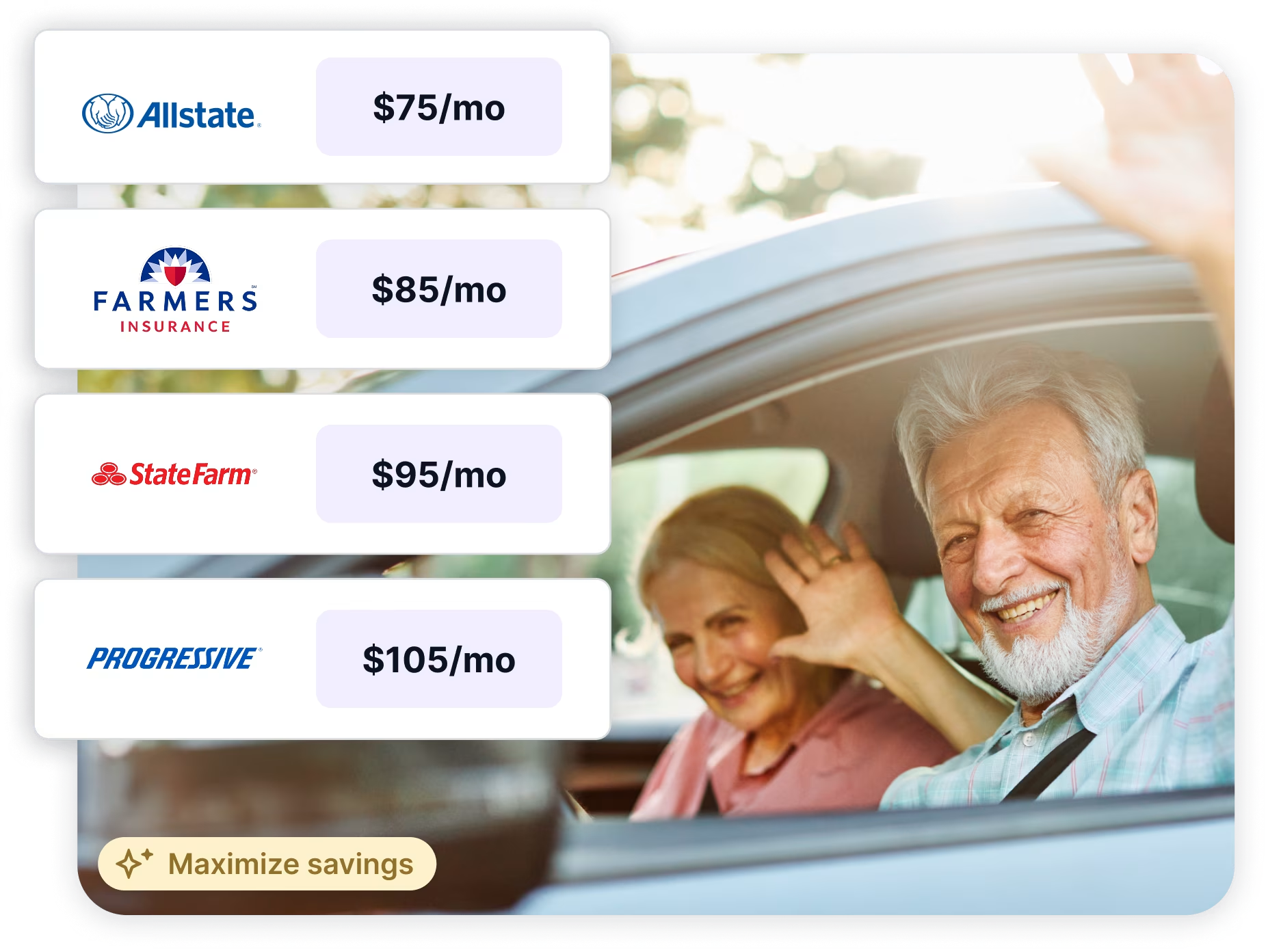
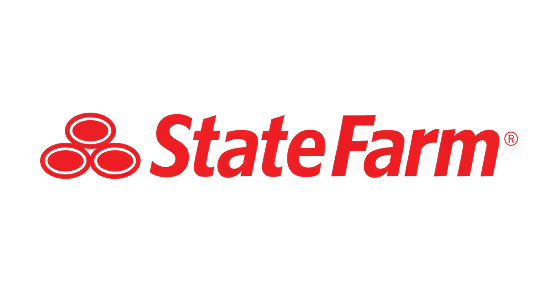







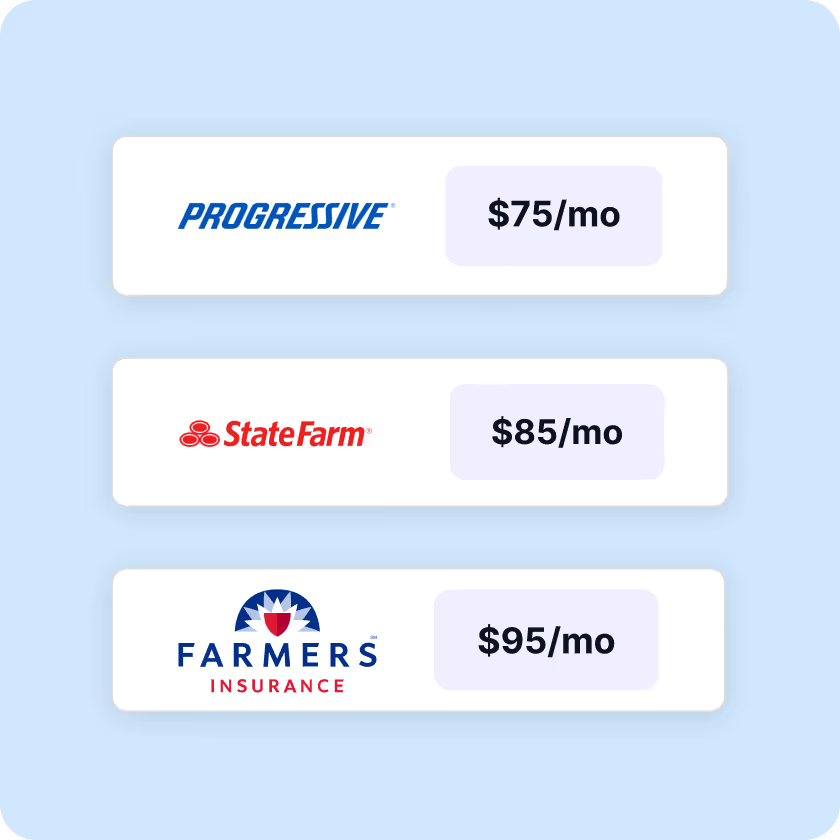
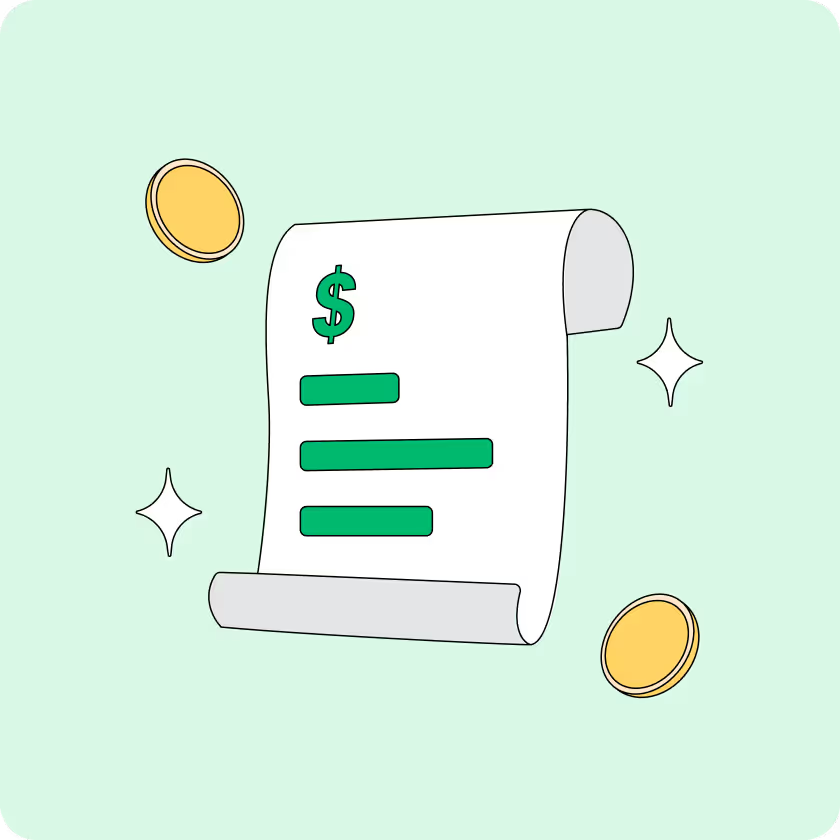

















.webp)
.webp)
.webp)
%20(1).webp)
.webp)
.webp)

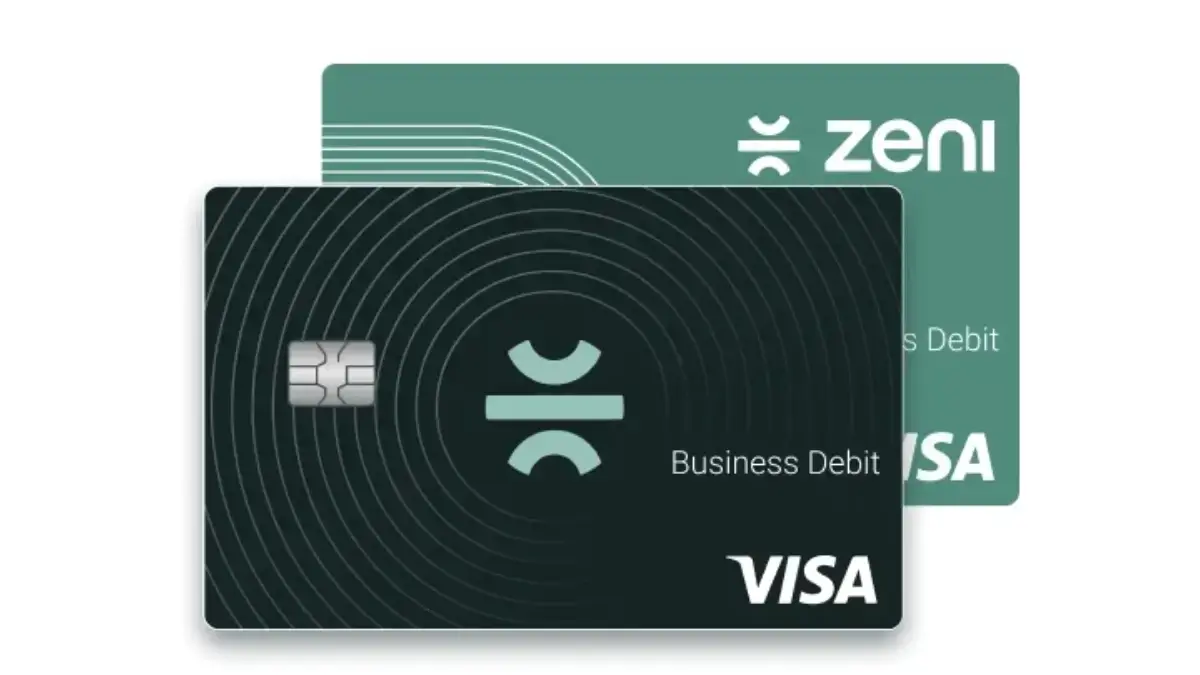
.webp)